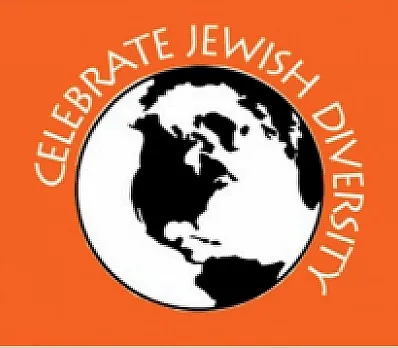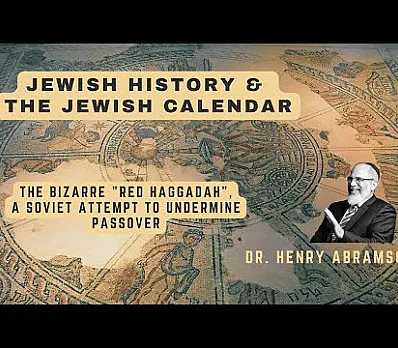What is Passover? An Alternative Four Questions by Jay Michaelson
1. Where did Passover come from?
Once we had two spring festivals: Pesach, a lambing holiday on which a newborn lamb was killed and eaten, and Chag Hamatzah, a holiday celebrating the year’s first grain.
Eventually, these two earth-based festivals became tied together into the Exodus narrative, part of the collection of new myths that bound the disparate Canaanite groups together as "Israel." These myths were oral traditions at first, and then recorded in various texts that eventually were stitched together into the Bible.
The name Pesach was repurposed from the Paschal Sacrifice to mean "pass over" as is God “passed over” the houses of the Hebrew slaves in Egypt. And matzah came to mean the unleavened bread baked as the liberates slaves left.
One of the names of Passover is still Chag Ha'Aviv, the Spring Holiday.
2. Where did the Seder come from?
The Seder is an adaptation of the classical "Symposium," a long banquet on a single subject. That secular custom was adapted by the Talmudic rabbis as a modern way of celebrating Passover, once the Temple was destroyed and the Passover sacrifice became impossible. As in many other instances, the rabbis transformed Judaism from a Temple-based religion to a portable religion that could be practiced anywhere. They also created a new ritual to compete with the new Christian Jews, who were reinterpreting the Passover symbols in new ways (e.g. last supper, lamb of God, communion).
3. Why do people still celebrate this ritual today?
The Passover Seder is the second most widely observed Jewish ritual today -- second to fasting on Yom Kippur. There are many reasons why it has endured. It is kinaesthetic, filled with special symbolic foods and objects. It is familial and food centered, like Thanksgiving dinner. And it is decentralized, performed at home rather than in a synagogue where people are told what to do by authority figures.
4. What are some themes of the holiday?
Freedom, liberation, and justice.
The birth of the Jewish people and the miracles of the Exodus.
The cycle of the seasons and springtime renewal.
The hardship of slavery and God's promise to Israel.
The moral imperative to help those who are suffering or oppressed.
Inspired to create
your own Haggadah?
Make your own Haggadah and share with other Seder lovers around the world
Have an idea
for a clip?
People like you bring their creativity to Haggadot.com when they share their ideas in a clip
Support Us
with your donation
Help us build moments of meaning and connection through
home-based Jewish rituals.
OUR TOP CONTRIBUTORS
Passover Guide
Hosting your first Passover Seder? Not sure what food to serve? Curious to
know more about the holiday? Explore our Passover 101 Guide for answers
to all of your questions.






















